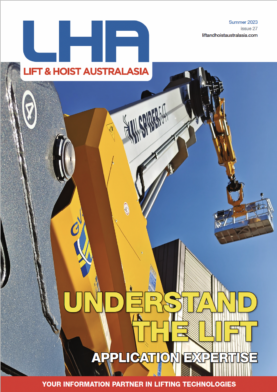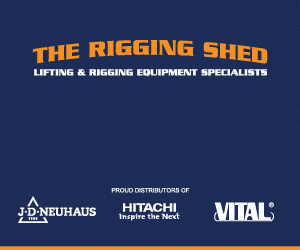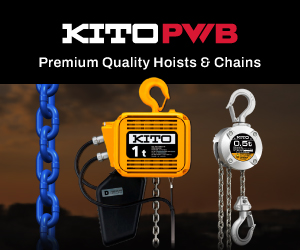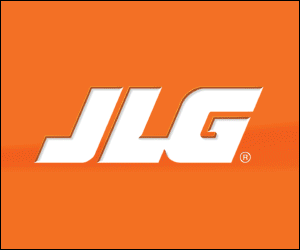)
Take a load off your mind
Recently I’ve seen a number of issues surrounding compliance with standards and items of equipment, particularly chain slings, which are not being inspected accordingly.
In one recent example, a lifting equipment testing and inspection company refused to certify sets of chain slings, which were bought at an auction without any brand markings. In this case there was no way to identify their origin and it seems the chains were made from generic components, likely to have derived from the cheapest supplier. The company that sold the chains claimed they had been getting these particular items certified without issue, despite not knowing who made or supplied them originally. This is a bad news story, but one that seems to continually raise its head.
Looking at the interaction between multiple Australian Standards, they all point to ensuring there are appropriate manufacturers markings on the chain, hooks and attachments. If equipment is not fully compliant there needs to be an opportunity to contact the manufacturer for verification purposes.
LEEA’s Industry Standard is to ensure compliance to local standards. Complying with a standard is not difficult or cost prohibitive and is the best way to mitigate risk. The consequence of non-compliance can be tragic accidents and severe penalties for those responsible. Users have a duty to ensure that any equipment in their undertaking is fit for purpose and is safe to use. If equipment should fail and cannot be traced back to source, then the user may be found liable for it. This is a serious risk.
This is a significant issue because there is a considerable amount of substandard equipment on the market in addition to equipment that, while being similar to lifting gear, is not actually designed for purpose – such as load restraint equipment. LEEA has also noted a significant increase in the amount of fake lifting gear that is being placed on the market. This can include all manner of things from mobile cranes to shackles.
Equipment that does not conform, or claim to conform, to a standard should of course sound the alarm bells: is it the correct material, has it had the correct heat treatment, etc? Such equipment may get tested in accordance with applicable standards and may even pass a test – and this does indeed occur on occasion. In such instances it only creates a false sense of security because most structural failures are due to fatigue cracking and will occur as a result of cyclic loading, and often at lower than proof load forces. Risk therefore remains.
The only way to remove this risk is to be assured of the safety of the product. This means procuring products that fully comply with applicable standards. To demonstrate that they are complaint, items of lifting equipment must carry the appropriate marking and be issued with the correct documentation.
Compliance to Standards will ensure the equipment will not only take a load safely on site, but will also take a load off the user’s mind. When it comes to sourcing compliant lifting equipment and inspection services it is always prudent to seek out the ‘gold standard’ represented by LEEA members.









